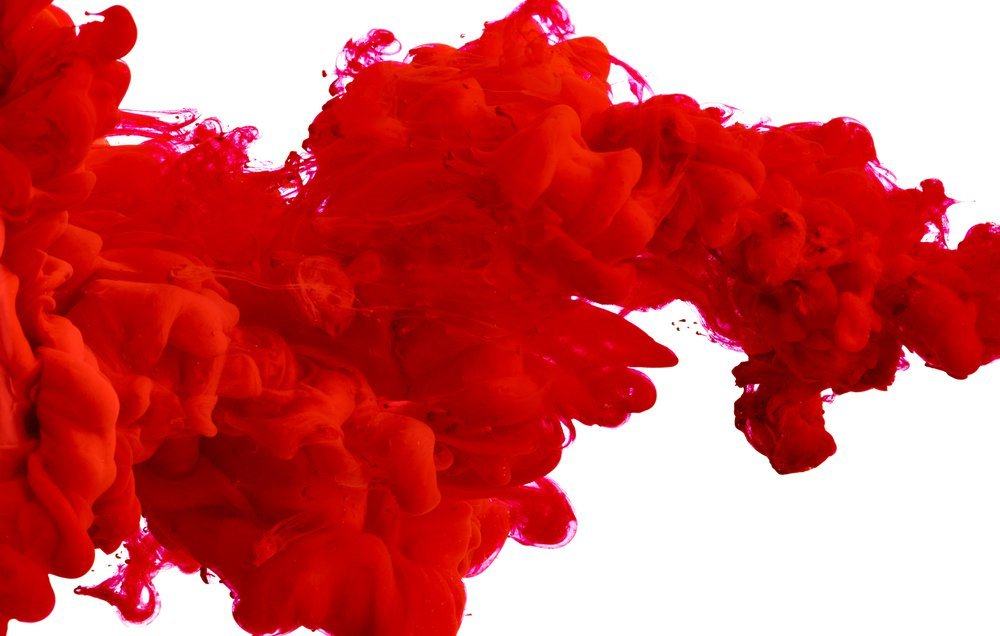Contents:
Medical Video: How common is bleeding during first trimester(early pregnancy)? Is it normal? Dr. Sreeja Rani
Although the name is menstrual blood, the color is not always bright red. Menstrual blood can have a variety of colors - from dark brown, dark red, to bright pink. This is because menstrual blood is different from the fresh blood coming out of your finger when you cut paper or scratch the knee from falling off. Although the name is blood, menstrual blood is basically the tissue of the uterine wall and the egg that is shed because it does not experience fertilization.
But why does the color of menstrual blood vary, and what does it mean for each color?
The meaning of various menstrual blood colors
Menstruation You can tell a lot of information about your health. Because besides being a sign that you are pregnant or not, your menstrual blood color can provide valuable clues about the health of your body's hormones. Your hormone is a "protocol officer" that keeps all of your body's systems functioning properly.
Keep in mind, what includes the "normal" menstrual color for each person may be different from each other. But there are some color changes that you need to watch out for. Below are five common menstrual blood colors and their meanings.
Light pink or pale red, runny
If your menstrual blood is pink or has a pale red tinge, this is a sign that your body has low estrogen levels - especially if accompanied by less volume in the days of blood flow is usually the most severe. Low estrogen levels can be caused by exercise that is too heavy or malnourished. This can also be a signal of severe anemia. Low estrogen levels can increase the risk of osteoporosis if left untreated.
The color of pink menstrual blood also indicates that your body does not produce enough red blood cells or that your blood does not contain enough iron. Even though this is very important for your fertility. Blood is the main source of oxygen and nutrients for every organ in the body. If you don't have enough red blood cells, your body's system will suffer - including your reproductive system.
Other causes of the color of pink menstrual blood include polycystic ovarian syndrome (PCOS), or perimenopause, which is when your ovaries begin to produce less estrogen in order to welcome menopause (generally occurring about four to five years before menopause).
Cherry red
If you find bright red on your sanitary napkins - imagine red soda or red cherries - this is a "normal" menstrual blood color, especially in the middle of your menstrual week.
The bright red indicates that the decay of the uterine wall just happened, came out very quickly without having much time to "age" on the trip. Then once towards the end of the cycle, the menstrual blood color will generally darken indicating that menstrual blood flow has slowed down. On the other hand, some women with a long duration of menstruation experience a slower process of decaying the uterine wall, so that the color is consistently always bright from the beginning to the end.
Deep red
Menstrual blood that is saturated with deep red thick texture and a little lumpy is what is called "normal" menstrual blood, generally the cycle always starts and ends on time.
But even though blood clots are normal, the size of a coin that is as wide as a coin or even larger can indicate a serious hormonal balance problem - especially if accompanied by a painful STD. This blood color can indicate that you have low levels of progesterone and high estrogen.
Uterine fibroids are another possibility. Fibroids are generally benign growths, but can be painful. So if you suspect this is the mastermind of heavy and clot full menstrual flow, ask your doctor to do an ultrasound examination. In the meantime, you can try reducing the consumption of milk, soybeans and sugar to see if there are differences in your cycle pattern.
Blackish dark brown
The color of menstrual blood that is dark brownish red is usually an indicator of excessive estrogen levels, which causes the wall layer to develop very thickly; so that your menstrual blood will appear in a larger volume and thick in color. In general this is normal, except when accompanied by PMS symptoms.
On the other hand, the color of menstrual blood that is dark red to dark brown almost black can show "old" blood. Some women shed the lining of the uterus at a steady pace, so that all "rations" of blood that must be removed can be used up at one time. As for the others, the sloughing of their uterine walls is slow and it can't always shed all the layers completely clean. The wall of the uterus that is left behind will age over time and shed in the next menstruation, which displays dark brown color. This is also normal and there is no need to worry.
In extreme cases, blood can be trapped and clot in the body so that it turns jet black. This menstrual blood clogging will be accompanied by pain and large blood clots. This condition is common in women who have a history of severe fibroids and endometriosis.
Gray
Menstrual blood that is bright red but accompanied by grayish mucus clots indicates you have contracted venereal disease or sexually transmitted diseases. Gray periods can also indicate that you have a miscarriage. Immediately consult a doctor to get the right treatment.












